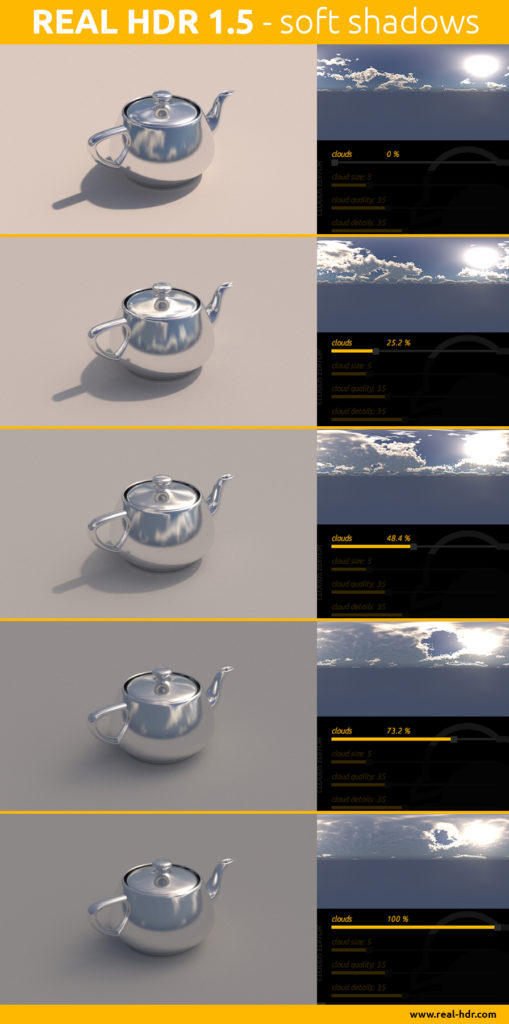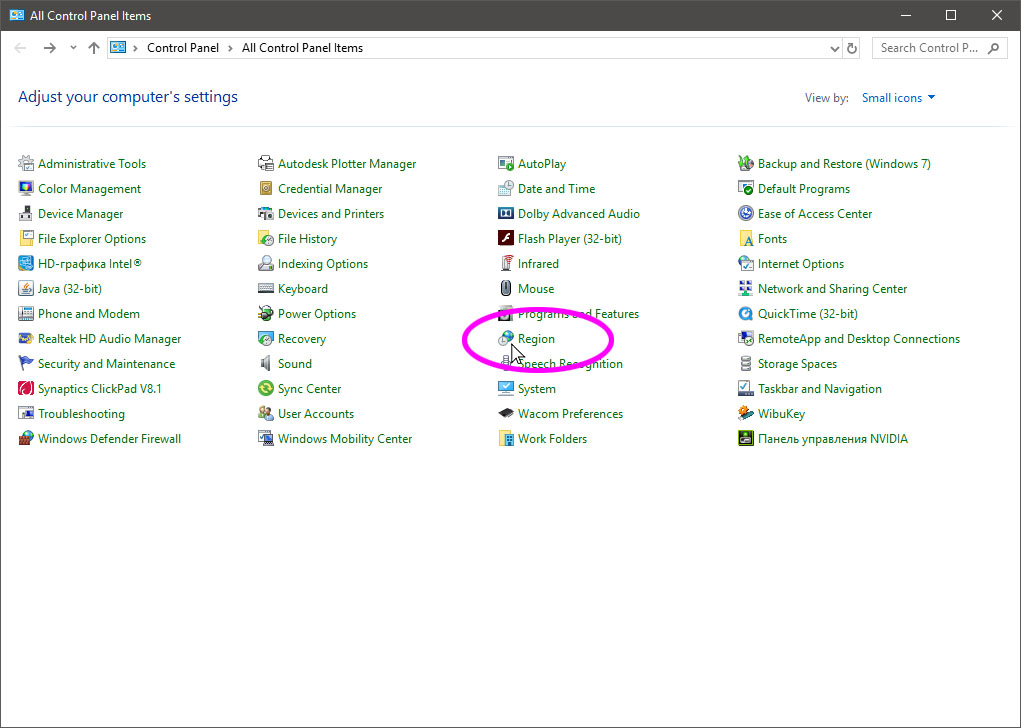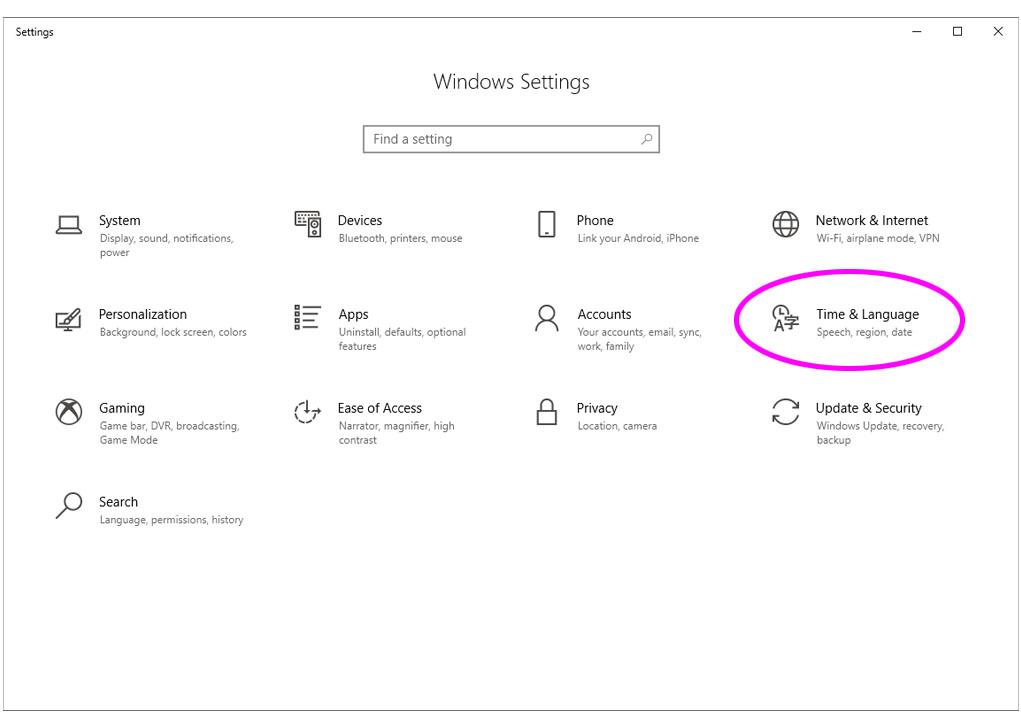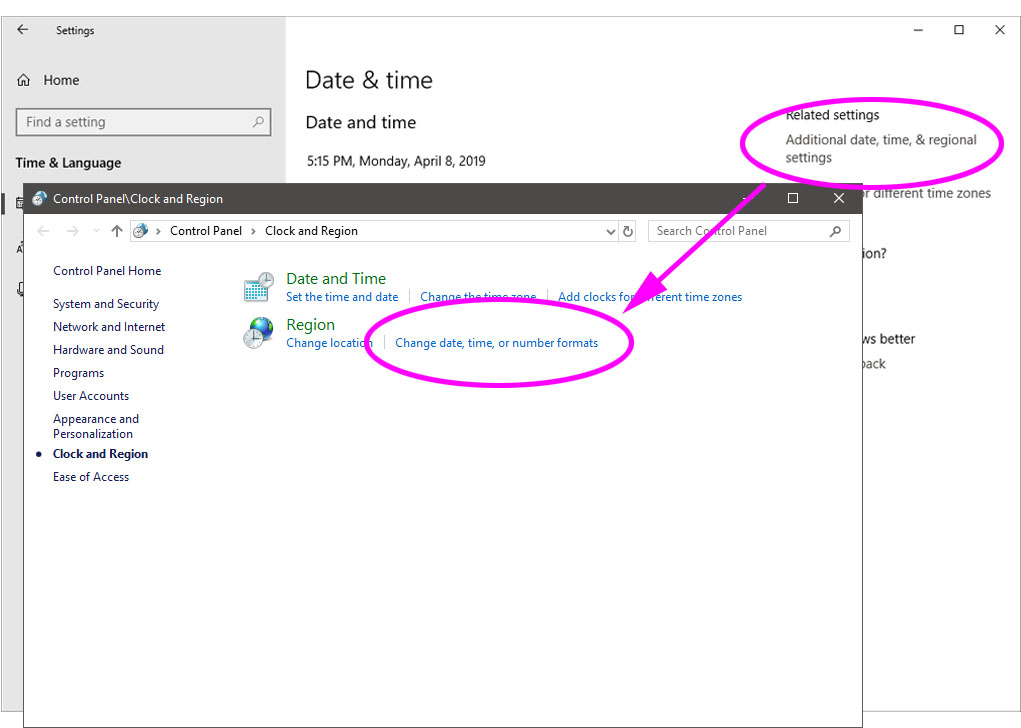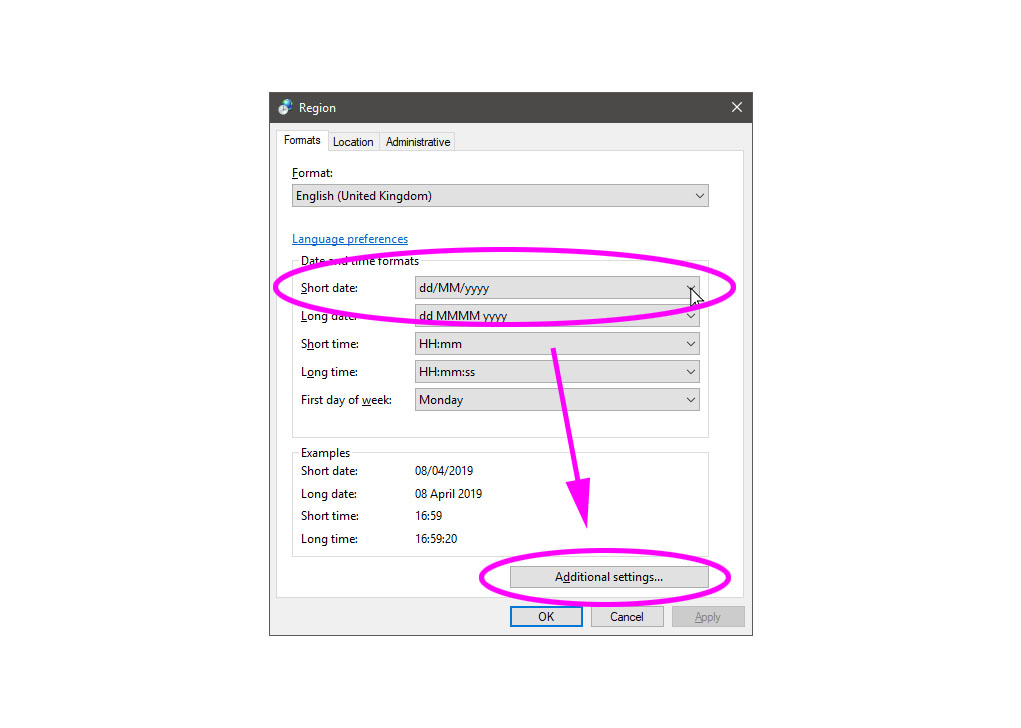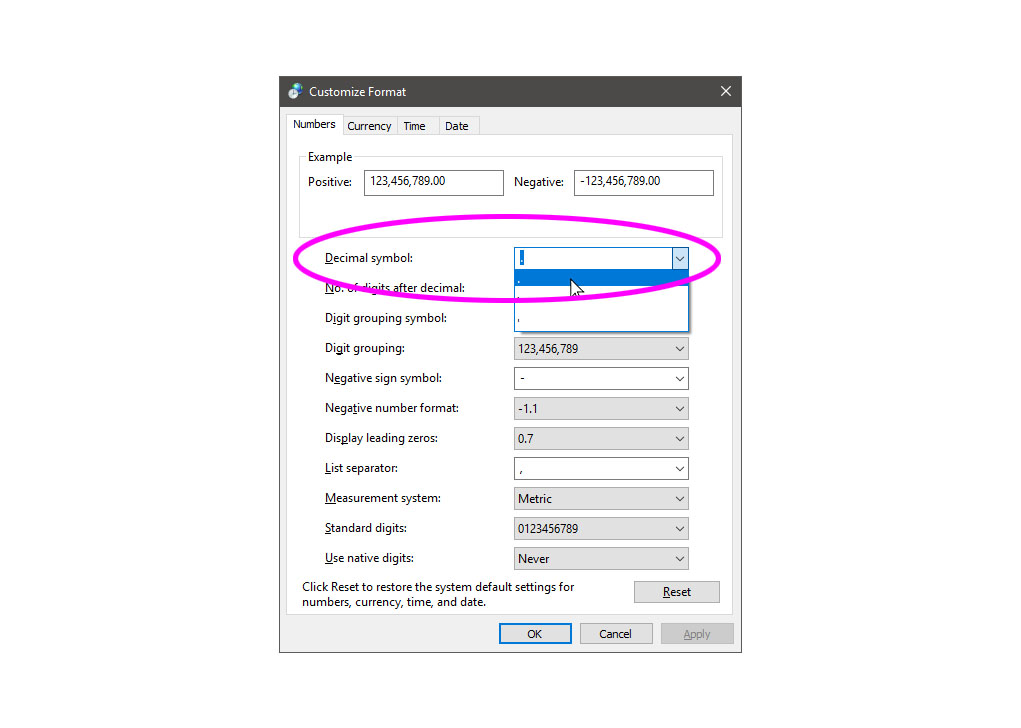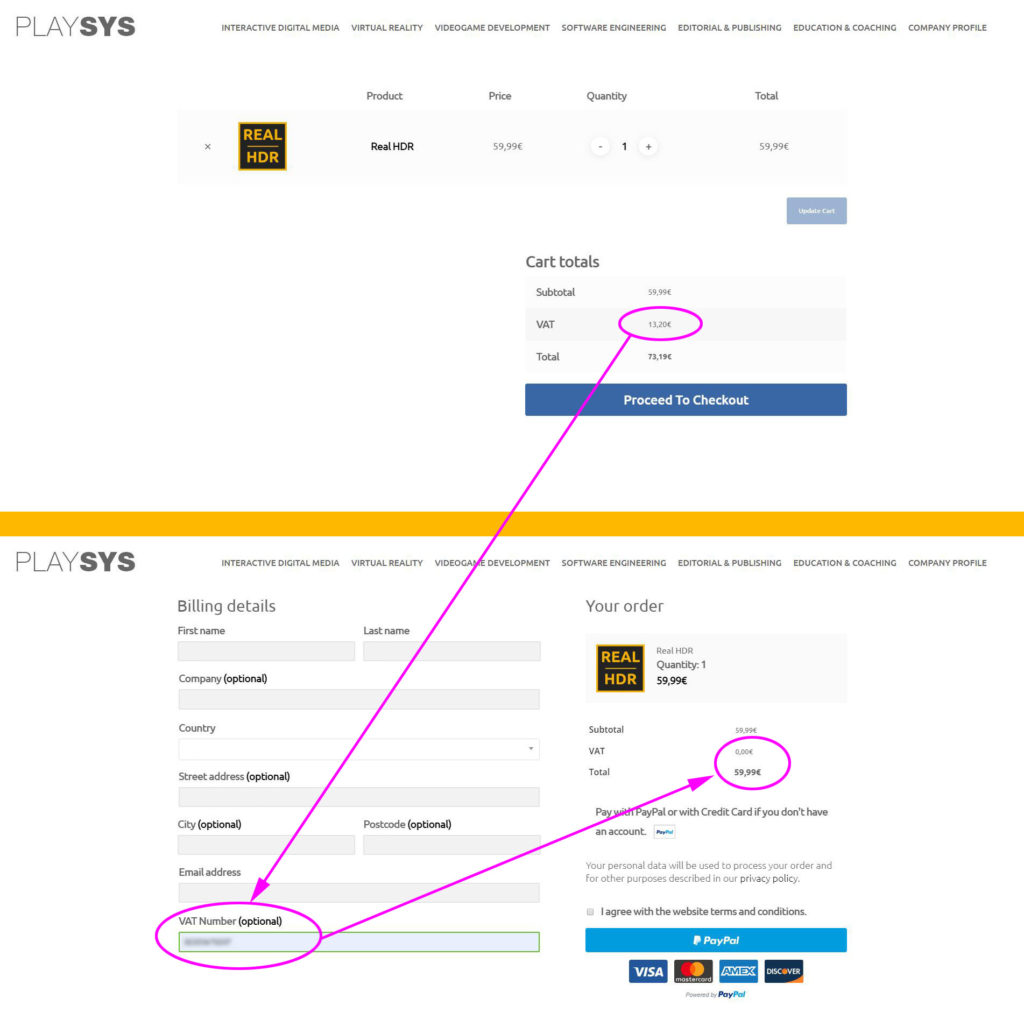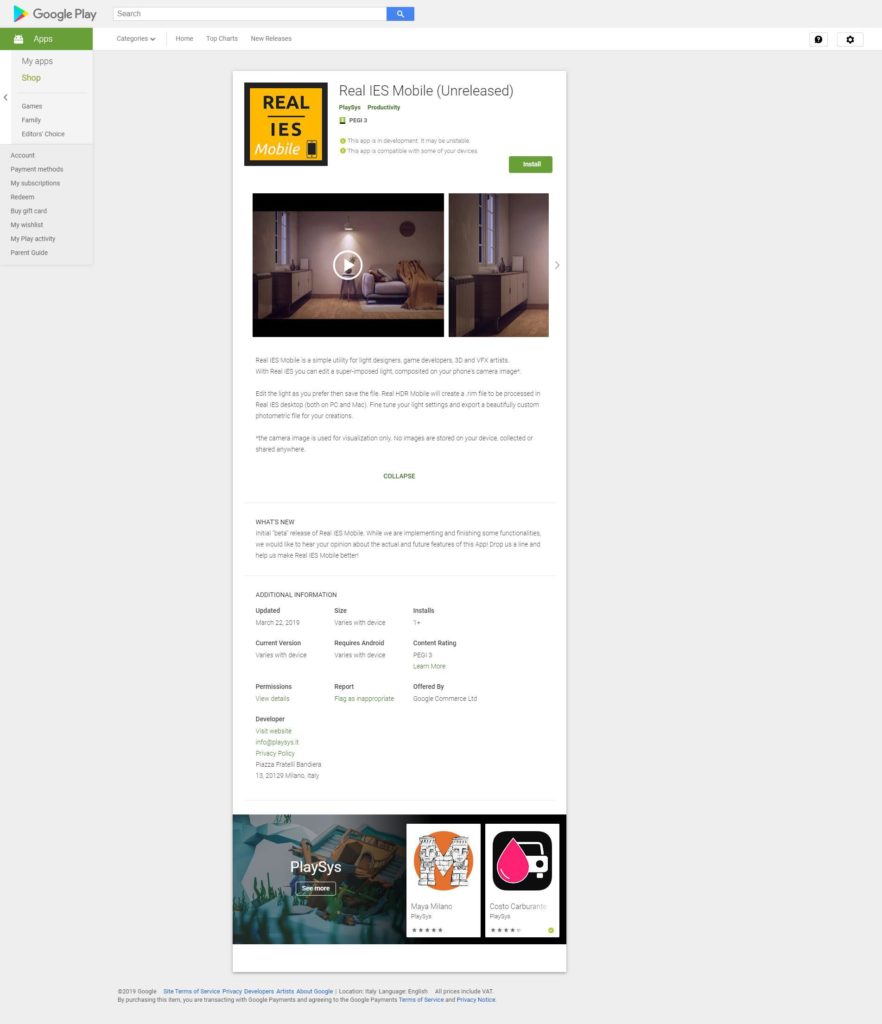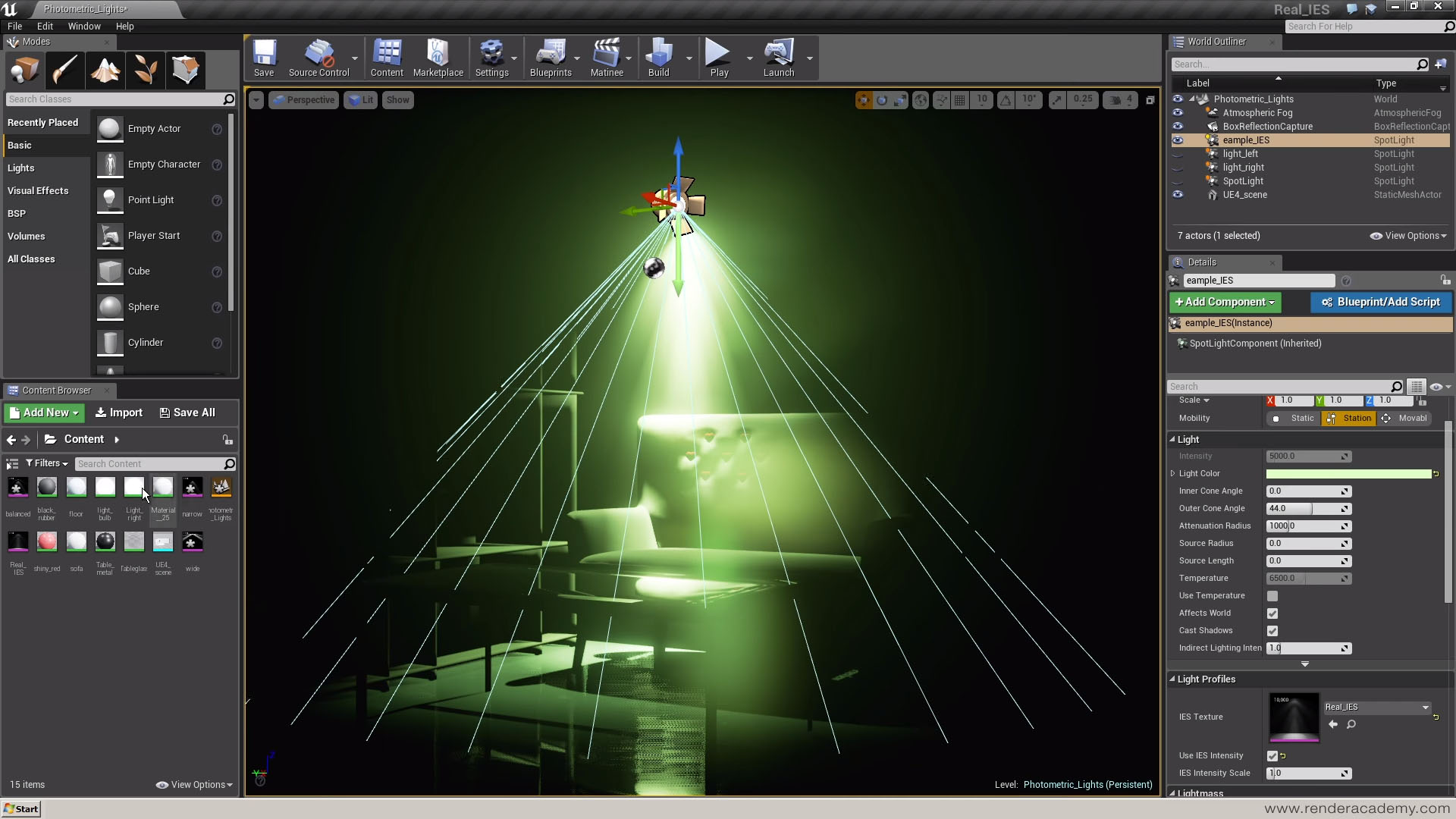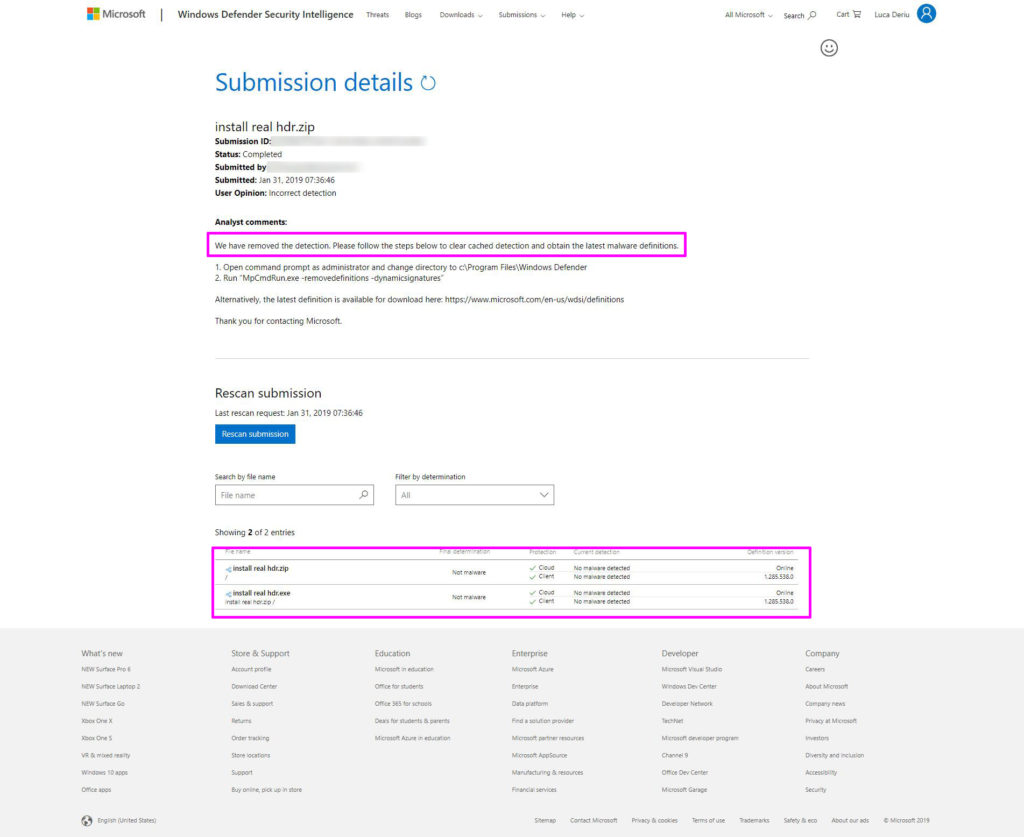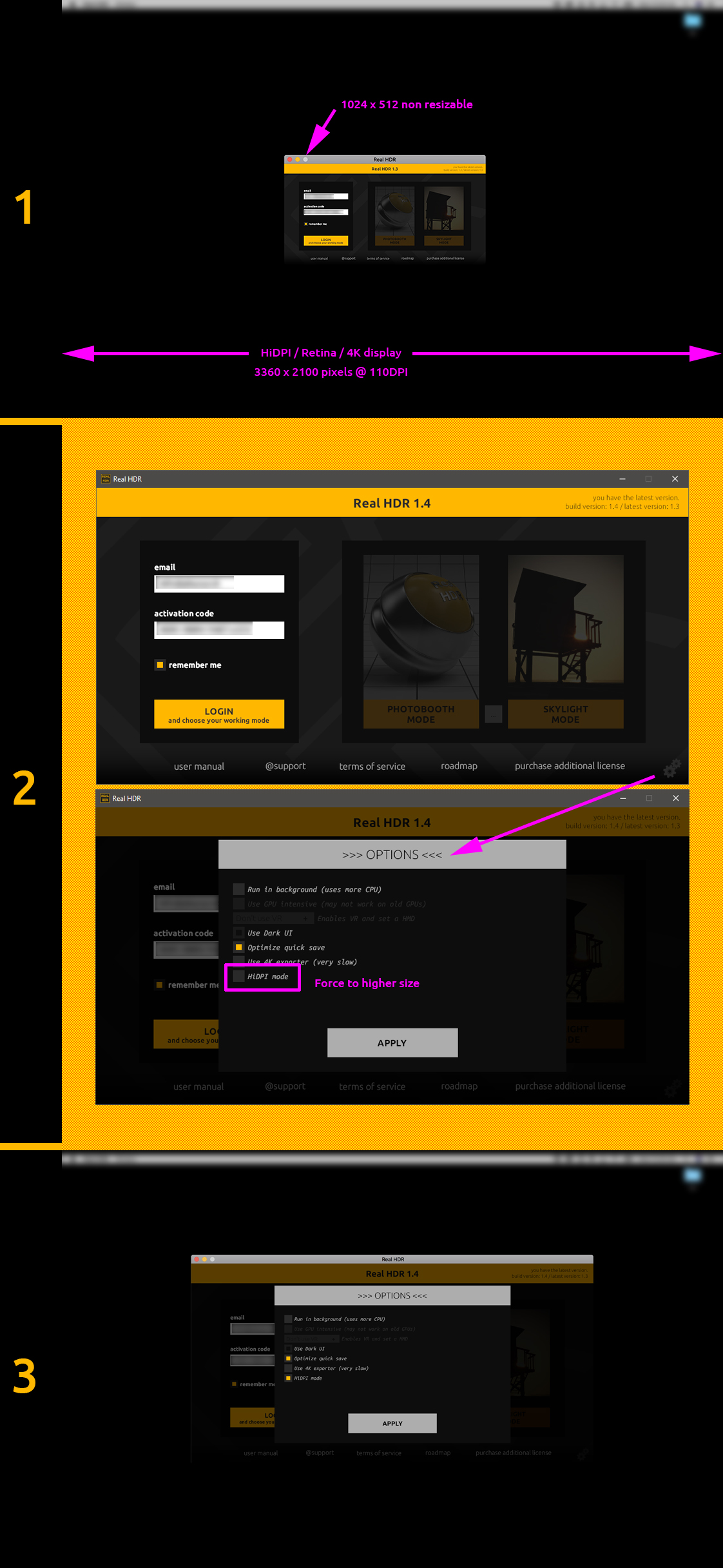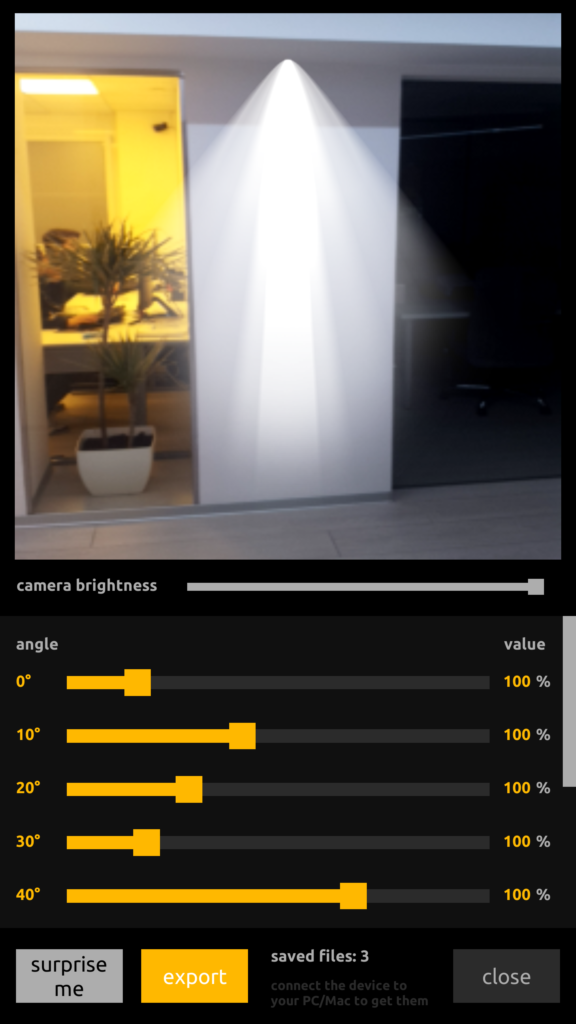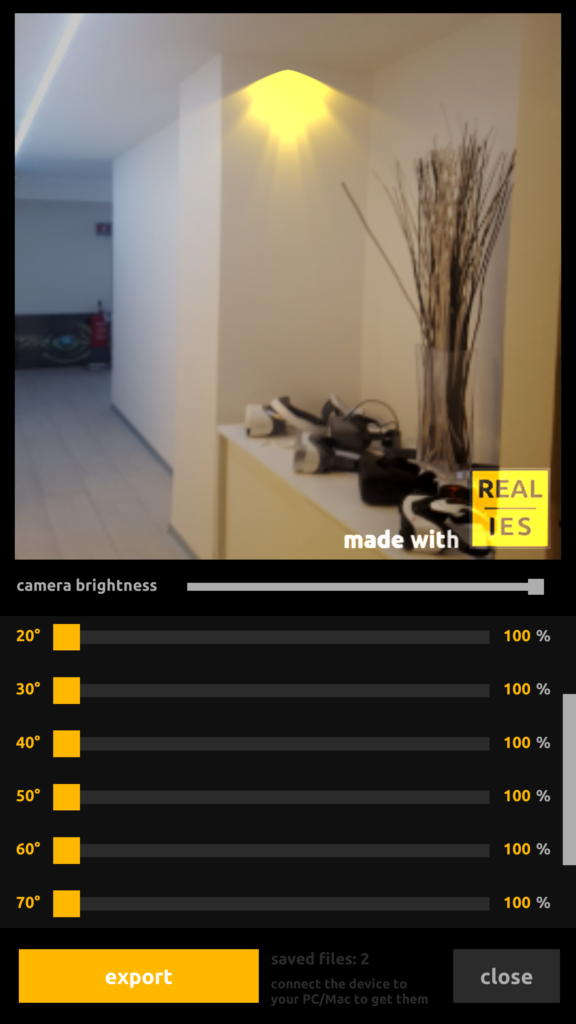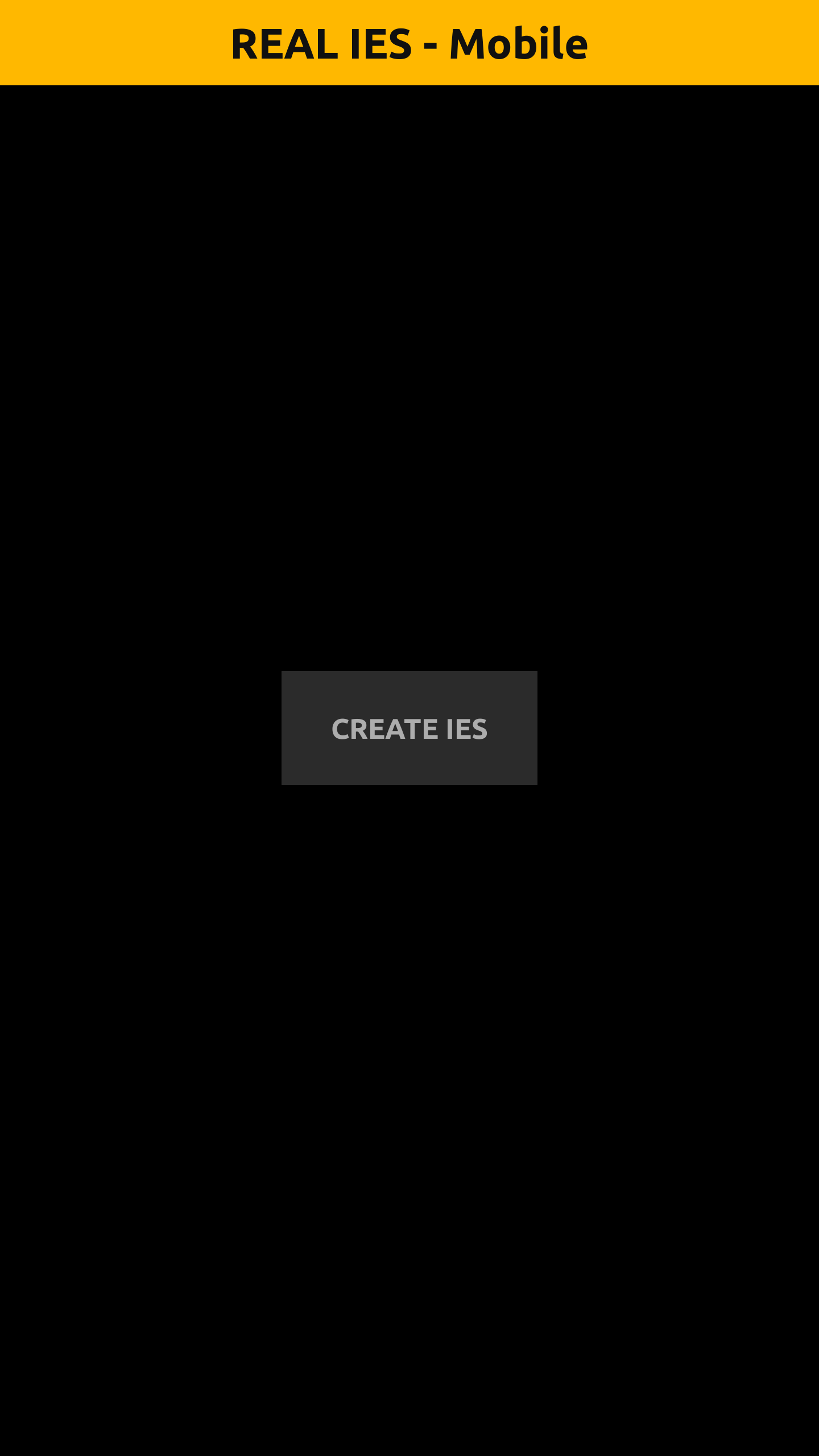Real HDR 1.5 preview: read more about some of the new features that we have planned for this release.
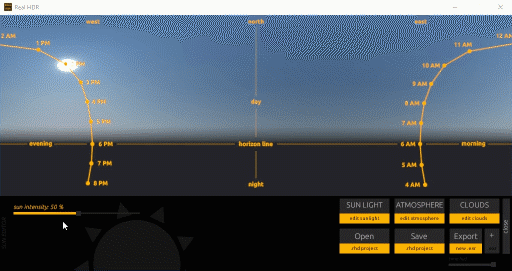
Real HDR 1.4 defined a huge new step in PhotoBooth module, while this new 1.5 version will now complete the main roadmap of what has been designed in 2018 for Real HDR in general. The idea behind this tool was to create a quick and reliable utility to generate .EXR maps/textures to be used in any 3D software and render engine. The first releases were thin in features and very experimental while now we are defining more and more where Real HDR is going.
The release date of this new version is defined for the first half of May. As always any upgrade of the tool will be free for the existing users who will be notified by an “upgrade” button in the login screen. Besides the completion of the SkyLight core and the polishing of PhotoBooth module, there are some new experimental features such as gradients, a GPU softening tool, an important fix on the .RHD parser (that will break compatibility with previous .RHD files – my fault, sorry, but had to be done), and other minor bug fixes here and there.
- PhotoBooth Background Gradients (user requested feature) – read more about HDR Gradient Background
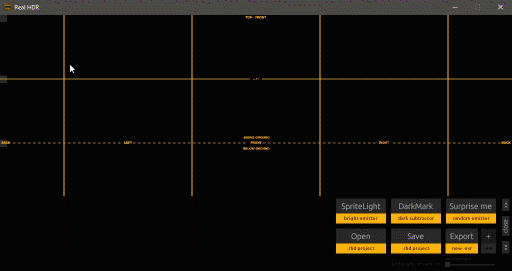
- PhotoBooth GPU Blur for SpriteLight stencils (user suggested feature)
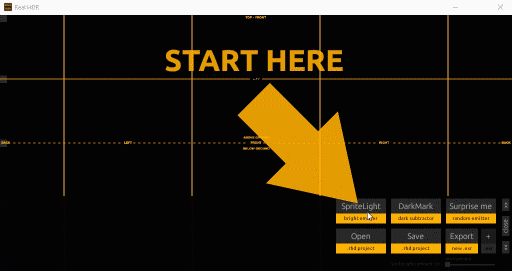
- SkyLight Fast Clouds (new feature for any hardware)
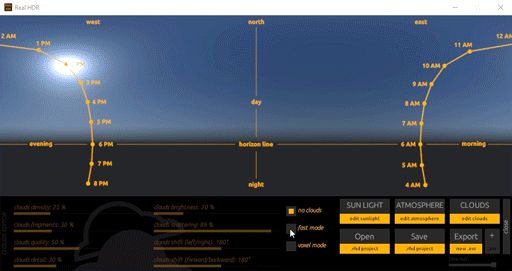
- SkyLight Voxel Clouds (new feature for high-end GPU) – read more about SkyLight soft shadows.
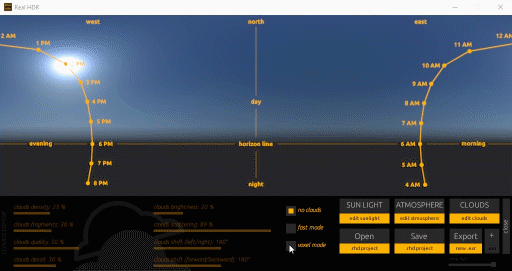
Real HDR 1.5 will be available from ~May 10, 2019 for 149€ for a permanent portable license (all existing users will have a right to a free upgrade, as always). In the meanwhile, we started the R&D for next releases and we are open to any suggestion. You can write in the comment here below and if you want to share your renders created with Real HDR we are always happy to see your works!
The post Real HDR 1.5 new features preview appeared first on Real HDR.
Article from software development blog – Real HDR (https://www.real-hdr.com)
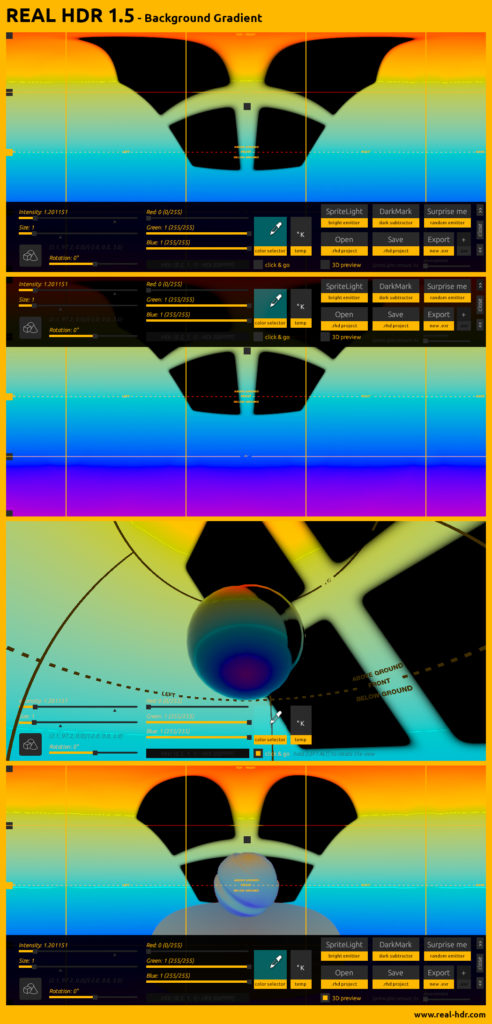 The intensity is dimmed compared to the SpriteLights and DarkMarks emitters since the area defined by these gradients is massive and so it can be the intensity generated.
The intensity is dimmed compared to the SpriteLights and DarkMarks emitters since the area defined by these gradients is massive and so it can be the intensity generated.
